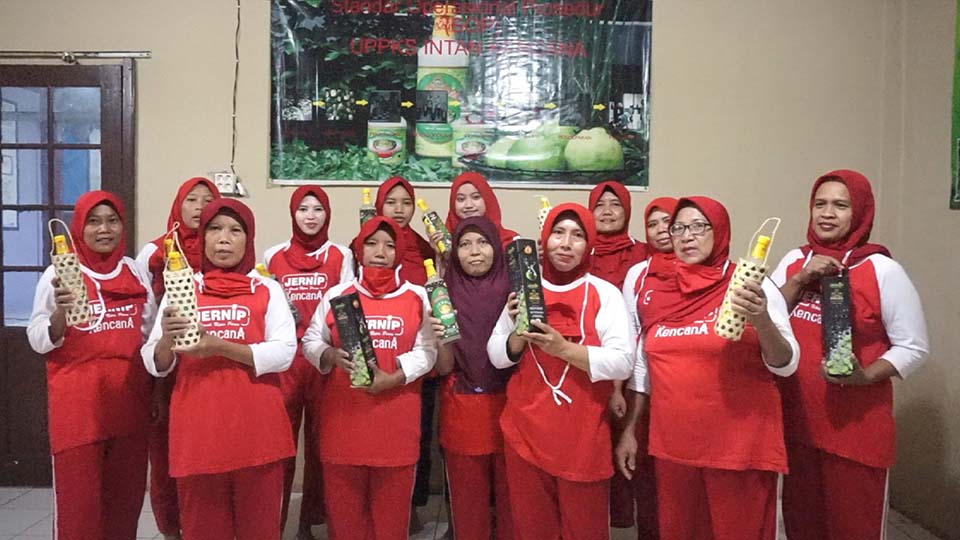Background

says Professor Sankai
It was Isaac Asimov’s book “I, Robot” that instilled a young boy’s mind back in 1968 with dreams of becoming a scientist who makes robots. A typical boyhood dream indeed, but unlike most other youngsters, his fascination with engineering and robotics grew with him. In science classes at school, he would experiment the effects of electricity on frogs' legs; during his adolescence he became interested in the potential use of technology to augment human performance. He studied engineering and eventually chose to be a professor at the University of Tsukuba in Japan.
In 2005, the professor amazed the world with his invention, a cyborg-type strap-on robot suit that can expand and improve human physical capability. Professor Yoshiyuki Sankai’s robot suit, dubbed HAL™ for “Hybrid Assistive Limb”, is a major feat in science and technology, which enables elderly people to perform everyday tasks with which they would otherwise struggle, such as walking, climbing stairs or lifting heavy objects. Cyberdyne® Inc., Professor Sankai’s company, manufactures and commercializes the HAL robot suits that have a tremendous potential not only for medical use but also for rescue support operations, the entertainment industry, labor intensive factory operations and related businesses.
Research and Development
On-going research and development (R&D) of the HAL robotic suit takes place at the Institute of Systems and Engineering Mechanics in the University of Tsukuba. Professor Sankai takes the lead, while a group of dedicated young researchers provide assistance. From the very beginning, Professor Sankai was concerned with the relationship of human beings with technology. Getting older and weaker from aging is an unavoidable aspect of the human condition. But technology can make lives of the elderly easier. The bio-defensive system of the human body rejects everything that tries to enter the skin. That is why Professor Sankai came to the conclusion that the skin is a significant border and to overcome rejection, technology must be placed on this border, not under it. This is how he decided to develop the robotic suit.
The suit works through fine sensors on the skin, which pick up electrical impulses transmitted from the user’s brain to his or her muscles. An integral computer instantly analyses and transmits these signals to sophisticated mechanisms, which gently power-assist the user to smoothly achieve the desired actions. Frames support the wearer’s legs and provide stability. “The most difficult part was to develop a system to gauge the user’s intention,” explained Professor Sankai. “If the motors started moving one-trillionth of a second behind, it would become a drag to the user”.
An interactive spiral loop of the human and the robot/information systems makes the invention possible. To achieve this cycle, Professor Sankai needed to overcome many challenges. Humans can feel discomfort when the robotic suit is attached, as it acts as a sensor and also as equipment to control the whole body. This affects people both physically and mentally. To minimize the size and the weight was a big challenge, and the individual body differences needed to be considered as well. Knowledge in engineering and other fields such as behavioral science, cranial nerve science, physiology and psychology was necessary for the technology to work. Even if the suit itself could be developed, legal, ethical and safety requirements needed to be met in order to positively contribute to society. Professor Sankai therefore felt the need of an academic system that includes a number of combined fields. He established this academic system and named it “Cybernics”, now chosen as an international base for the academic area. The robot suit HAL is the outcome of years of research work on cybernics at the University of Tsukuba.
Patents
The innovative device, along with related inventions, is patent protected in many countries including Japan, the United States and Europe. Professor Sankai has also filed a Patent Cooperation Treaty (PCT) application for the robot suit. He also has a number of other inventions and international applications are filed through the PCT system established by the World Intellectual Property Organization (WIPO). Tsukuba University’s Industrial Liaison and Cooperative Research Center (ILC) is involved in managing and conducting patent applications for the university’s patent-worthy research outcomes, including the ones from Cyberdyne and Professor Sankai’s lab. Starting form 2010, the ILC has also initiated a project for utilizing intellectual property. Professor Sankai owns the patents of some of his inventions all by himself, while for some others the patents are jointly owned with the University of Tsukuba.
Trademarks

submitted in the PCT Application
PCT/JP2009/066364
(PATENTSCOPE® search)
Professor Sankai has protected the names “Robot Suit” and “Robot Suit Hal” in the United States. The name of his company, Cyberdyne, is also registered with the United States Patent and Trademark Office (USPTO). All of them, including “Hybrid Assistive Limb” and “HAL” are trademarks or registered trademarks under Japanese trademark law.
Commercialization
The robot suit is commercialized by Cyberdyne Inc., a university spin-off venture firm aiming to utilize accomplishments by Professor Sankai’s laboratory. Professor Sankai believes that scientists have an important role in spurring the creation of new industries and encourages his young researchers to be proactive in launching business ventures. However, mass production and commercialization is not practical from within a university lab set up. A spin-off, therefore, was necessary. Cyberdyne was established in 2004 to facilitate this process; the company engages in R&D of the HAL robot suits on the one hand, and is involved in production, leasing and sales of the suits on the other. Cyberdyne is supported by the University of Tsukuba through ILC’s “Research Projects for Promoting University-Industry Cooperation” and “Projects for Supporting University Spin-offs”.
In late 2008, Cyberdyne announced that it would go into mass production, marketing and distribution of the HAL robot suit. The unit price of the suit varies in accordance to the region due to differences in regulations and management systems, but is still quite high. Nonetheless, orders are coming in steadily.
As of early 2010, the availability of HAL was still limited to customers in Japan. Cyberdyne has plans to gradually introduce it to other regions around the globe.
Partnership
In November 2009, Cyberdyne entered an agreement with Odense municipality in Denmark, which will test HAL suits in a rehabilitation unit run by the city's Elderly and Handicapped care agency. One particular feature that made it attractive for Cyberdyne to choose Denmark was the fact that Denmark is now focusing on the development of welfare technology. Cyberdyne intends to make Denmark its European hub, from where it can expand operations in other European countries. Cyberdyne also signed a memorandum of understanding with Karolinska Institute and Karolinska Institute Danderyds Hospital for R&D collaboration on further improvement of the robot suits.
Business Results
Professor Sankai’s pioneering invention is a one-of-its-kind in its field. HAL is the world’s first cyborg-type robot, and was featured among TIME magazine’s “Most Amazing Inventions of 2005”. With growing demand for HAL, Cyberdyne aims at mass production of the suit. There is a very good potential for its application in the medical, personal care, entertainment and other related industries.
The Danish Prime Minister Lars Loekke Rasmussen, who visited Cyberdyne in Tokyo in March 2010, said: “It’s almost unbelievable, but I can see with my own eyes that it actually works… I think there is a lot of potential in this technology... For rehab, this is obviously a very good idea”.
In 2010, Professor Sankai received a special award from the president of the University of Tsukuba in recognition of his outstanding contribution to science and technology. He has won a number of other awards including the World Technology Award (2005), Good Design Gold Award (2006), Best Paper Award from the International Journal of Advanced Robotics (2006), Japan Innovator Award (2006), Award from American Society for Artificial Organs, Award from International Society for Artificial Organs, Award from the Minister of Economy, Trade and Industry of Japan (2007), Award from National Institute of Science and Technology Policy (2007), NIKKEI Top – Quality / Service Award (2008), Invention & Entrepreneurship Award (2009), and the 21st century Invention Award from Japan Institute of Invention and Innovation (2009).
Key Success Factor: Innovative Research and Development with a Futuristic Vision
The most important factor behind the success of the robot suit HAL is Professor Sankai’s innovative R&D initiative with a futuristic vision. He focused his R&D so as to address a growing social problem in Japan: the shortage of manpower due to an aging society. The invention attempts to bring about a technological solution to this social problem, with potential application in many areas including rehabilitation and physical training support, heavy work support, and rescue activity at disaster sites.



